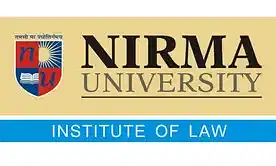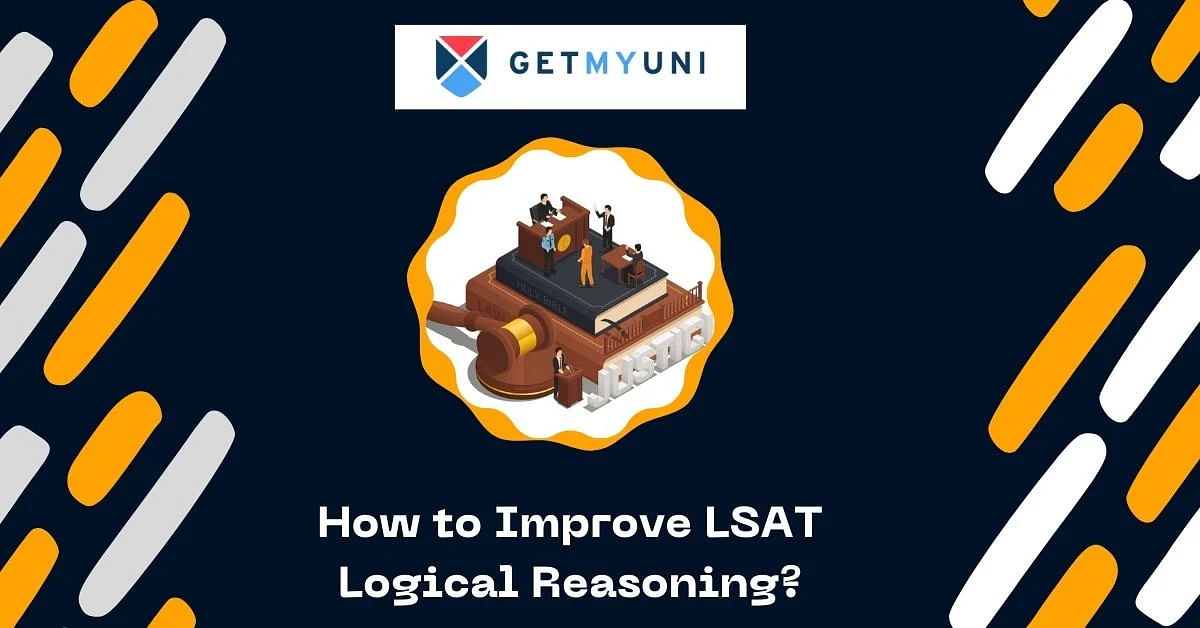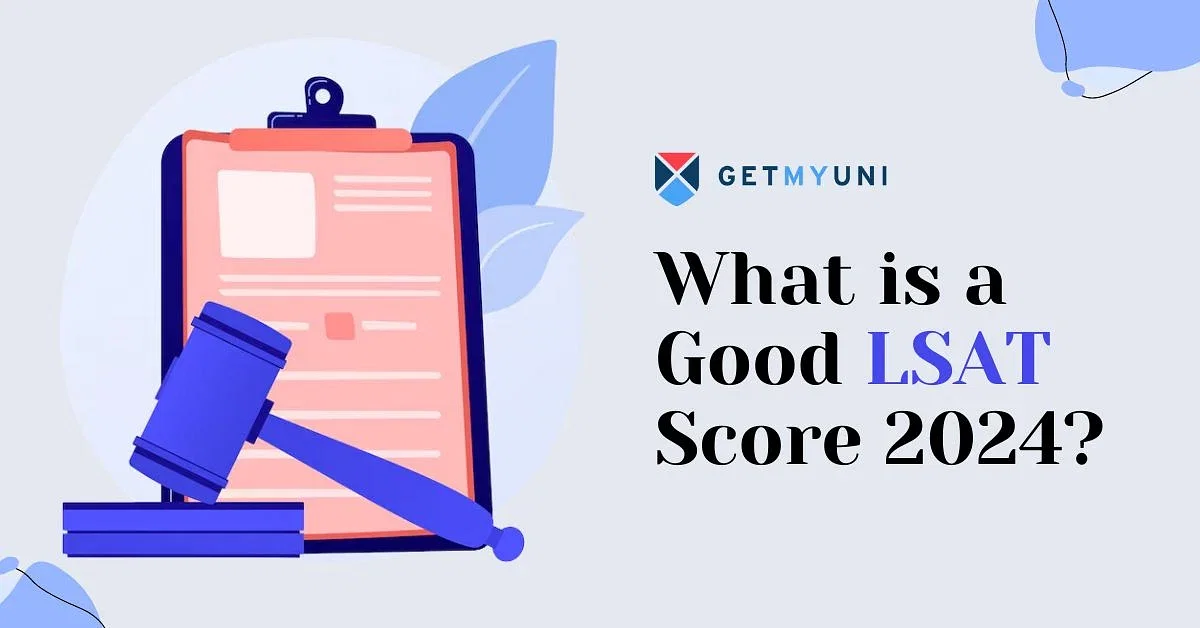
Table of Contents
LSAT India exam analysis 2024 will include information on the LSAT question paper's difficulty level, question style, frequently asked questions from the syllabus, and other specifics. LSAT 2024 exam is unique because the exam will be proctored online from home.
LSAT India 2024 exam will take place over several days and in several shifts. Candidates can get LSAT India analysis 2024 for Jan session on this page. LSAT paper analysis 2024 includes four areas on the exam syllabus: Reading Comprehension, Analytical Reasoning, and Logical Reasoning.
| LSAT 2024 Exam Pattern | LSAT 2024 Cut Off |
Applicants can find important information about the LSAT India Exam Analysis 2024 and analysis from prior years here. The Law School Admission Council (LSAC) - Global will administer the Law School Admission Test (LSAT) India 2024 in an online-proctored test mode.
LSAT India Exam Analysis 2024 Jan Session
LSAT 2024 Jan session exam will be conducted from Jan 20 - 21, 2024, and the paper analysis for the same will be updated after the exams.
LSAT India Exam Analysis 2023 Jun Session
LSAT India Exam Analysis 2023 for Jun Session will provide information including:
- The complexity of the exam (overall)
- Section-by-section difficulties
- LSAT India question paper difficulty level
- Information on the new section "Variable" (to be disclosed on the test day only)
- Expected cutoff scores
- Troubles with exams (if any)
LSAT India Analysis 2023 Good Attempts
- The sum of the scores in each component makes up the overall score.
- A score above 380 on the LSAT India exam is typically considered good.
- A score of 400 or higher is regarded as good and will likely get a candidate accepted into one of India's top law schools.
LSAT India 2023 Exam Analysis Jan Session
The Law School Entrance Test – India was held for the Jan session on Jan 22, 2023. About the LSAT Analysis, students are both anxious and enthusiastic. There are four areas on the LSAT exam syllabus 2024: Reading Comprehension, Analytical Reasoning, and Logical Reasoning.
Each student received a different set of questions for the LSAT exam 2023, which was put up in an online proctored mode. As a result, each student's LSAT question paper 2023 was unique.
Section-wise LSAT India Analysis 2023
It's important to consider both the candidate's overall score and the results of each particular section when evaluating how well candidates performed on the LSAT exam 2023.
- According to experts, LSAT India question paper difficulty level was moderate.
- The hardest part was the analytical reasoning test.
- Although it was the longest, the Reading Comprehension component was the simplest.
- No peculiar questions were posed, just as in last year's LSAT India.
- This year's paper was reasonably challenging compared to the question papers created in 2020 and 2019.
LSAT 2023 Paper Analysis Successful Attempts
- The sum of the scores in each component makes up the overall score.
- A score above 380 on the LSAT India exam is typically considered good.
- A score of 400 or higher is regarded as good and will likely get a candidate accepted into one of India's top law schools.
LSAT Section-by-Section Analysis 2023
It's important to consider the candidate's overall score and the results of each section when evaluating how well candidates performed on the LSAT India exam.
LSAT 2023 Analytical Reasoning Analysis
Review the reasoning section's sectional analysis:
- The analytical reasoning section of the LSAT India last year was identical to this year's version.
- The Analytical Reasoning component of the test is regarded as the most challenging.
- Several students found it challenging to do well in this part.
- Additional inquiries that relied on reasoning were made.
- Students attempted more questions because there was no negative marking, so they made smart guesses more often.
- No unexpected inquiries were made. The usual logical inquiries were made.
LSAT 2023 Reading Comprehension Analysis
Go to the summary of the reading comprehension section for more information:
- The majority of the students found the reading comprehension section to be the easiest.
- This section, divided into four parts, tested the candidate's reading and comprehension skills.
- Five to eight questions followed a paragraph in each part.
- Generally, this section had a modest level of difficulty.
- The exam's longest component was the Reading Comprehension section.
- It evaluated how well the participants could read and understand legal literature.
- The questions had varied degrees of difficulty, and the candidates had to respond within the allotted time.
LSAT 2023 Logic Reasoning Analysis
- Both logical reasoning components LSAT India question paper difficulty were easy to medium.
- However, some unexpected inquiries were made.
- A couple of the questions were challenging to answer.
- The part on logical reasoning tested the aspirants' capacity to recognize patterns and derive logical conclusions from provided data.
- The test participants had to provide answers to questions that ranged in difficulty.
- The exam's second most difficult section was the Analytical Thinking one.
- It evaluated the candidate's capacity to analyze and assess challenging issues.
- This portion was moderately challenging overall.
LSAT 2020 Statistics
LSAT 2020 online proctored exam was held in numerous shifts and on different days to accommodate the applicants. Unfortunately, just 5,000 of the anticipated test-takers attended the online proctored exam. Almost 6,000 individuals applied, while registration data revealed 12,000 applicants, of whom 50% did not finish the application procedure. According to reports, the LSAT India 2020 online proctored exam went without a hitch.
- Up to 1,000 students did not take the exam on day 1 from each of the three slots. However, only 2% of the planned test-takers failed to show up on the second day.
- Applicants who failed to identify themselves to the proctor with a photo ID were automatically prohibited from taking the test. The exam was postponed for them until another day.
- The LSAT India 2020 online proctored exam questions were all different and randomly chosen for each participant. As a result, this year's candidates did not all have the same question paper.
- Also, the AI-based test program stopped test-takers from engaging in cheating behavior
LSAT India Analysis from Past Years (2017-2018)
Before last year, Pearson VUE administered the LSAT exam on behalf of LSAC. Applicants can review the LSAT paper analysis from prior years below:
LSAT Paper Analysis 2019
- The test-takers of 2019 informed LSAT India question paper difficulty was challenging.
- The part on analytical reasoning contained several extremely challenging problems. They agreed that Questions 1 and 2 of the Logical Thinking section were simpler than the other.
- The Reading Comprehension section was surprisingly lengthy and challenging. The applicants reported that the English and Reading Comprehension sections were more difficult than anticipated.
- Some test takers, including those who already took the CLAT and AILET, claimed that the LSAT was the hardest law admission exam they had ever taken.
LSAT Paper Analysis 2018
On May 21, 2018, 20 test cities in India participated in the exam, which was administered using pen and paper. For LSAT 2018, there were several alternative sets of test questions.
|
Sections |
Question |
Level |
Ideal Attempts |
Ideal Correct |
|
Reading Comprehension |
24 |
Moderate to Difficult |
18+ |
13+ |
|
Analytical Reasoning |
23 |
Easy to Moderate |
20+ |
16+ |
|
1st Logical Reasoning |
23 |
Easy to Moderate |
20+ |
16+ |
|
2nd Logical Reasoning |
23 |
Moderate to Difficult |
17+ |
13+ |
|
Overall |
93 |
Moderate |
76+ |
58+ |
LSAT Paper Analysis 2017
On May 21, 2017, 20 test cities in India participated in the exam, which was administered using pen and paper. For LSAT 2017, there were several alternative sets of test questions.
Most applicants who took the admission exam at the testing facility said the LSAT paper analysis 2017 was somewhat tough and had enough time to complete each portion (some even finished the examination 20-25 minutes before the exam duration). Candidates agreed that the test was the easiest of all the law school admission tests they had taken and that this year's LSAT was the hardest overall.
- The experts said the LSAT India question paper difficulty was slightly harder than the average exam difficulty level.
- Students said the "Analytical Thinking" part was the most difficult this year.
- Although there was a subsection time limit, the "no negative marking approach" made applicants less concerned and allowed them to attempt more questions.
- The experts advised candidates to practice additional question papers and mock exams to deal with challenging reasoning-based questions.
LSAT Paper Analysis 2016
The candidates who took May 15, 2016, entrance exam agreed that the LSAT paper analysis was generally simple. They noted that the Reading Comprehension part included a few challenging questions.
- LSAT 2016 exam questions maintained their usual level of difficulty.
- The exam experts also mentioned that the paper contained several excellent analytical problems.
- They claimed that students prepared with last year's papers wouldn't have encountered any shocks in the questions.
LSAT Exam Pattern 2024
LSAT exam pattern contains different aspects of the exam, such as duration, mode, question style, scoring system, etc. Examining the LSAT-India exam pattern 2024 will help candidates get a feel for the structure and format of the question paper.
|
Particulars |
Description |
|
Mode |
Remote Proctored Mode |
|
Medium |
English |
|
Duration |
2 hours and 20 minutes (35 minutes for each section) |
|
Total Questions |
92 Questions |
|
Sections |
|
|
Sectional Time |
35 minutes for each section |
|
Question Type |
Multiple-choice questions |
|
Negative Marking |
There will be no negative marking |
|
Scoring Pattern |
Candidates would be marked on scores between 420 and 480, a score band, and a percentile rank. |
Expected LSAT India Cut Off 2024
Following a thorough LSAT India investigation, we have presented the anticipated LSAT India 2024 cutoff. For the course-wise cut-off, see the following table:
|
Course |
Percentile |
|
3-year LLB |
60 to 99.99 percentile |
|
BBA / BA LLB |
80 to 99.99 percentile |
|
LLM (1 year) |
60 to 99.99 percentile |
Factors Determining LSAT India Cutoff
The deciding elements for the LSAT India cut-off are as follows:
- How many candidates are taking the test in total?
- The total number of LSAT India seats offered at participating colleges
- Cutoff times from the previous year
- The degree of difficulty of the exam
- The total number of applicants to the college
- The LSAT's typical score
FAQs on LSAT Paper Analysis
Q: What subjects are included in the LSAT India analysis 2024?
Q: What is included in LSAT India Exam Analysis 2024?
Q: What was the LSAT India question paper difficulty level for Jan Session?
Q: When will LSAT India 2024 paper analysis be released for all the shifts?
Q: Will LSAT Paper Analysis 2024 be released section-wise?



































